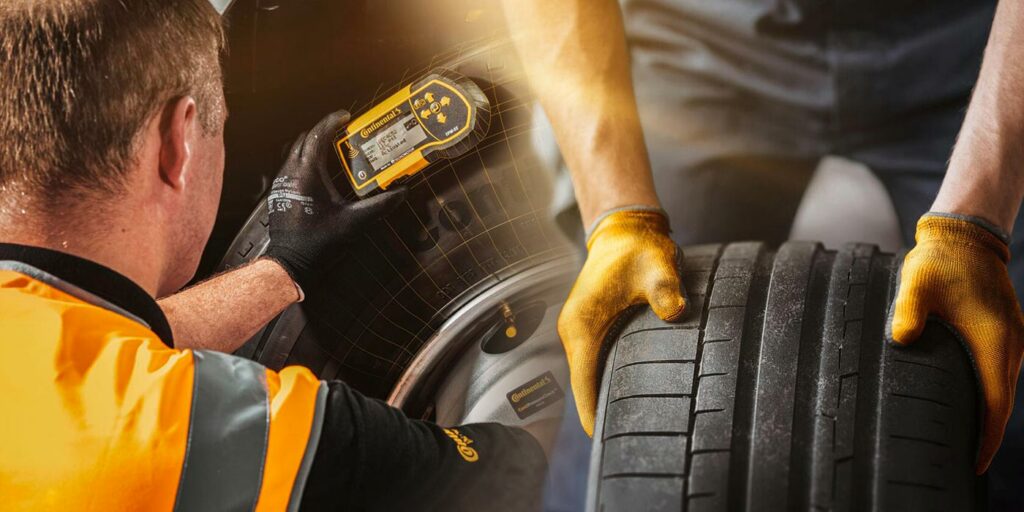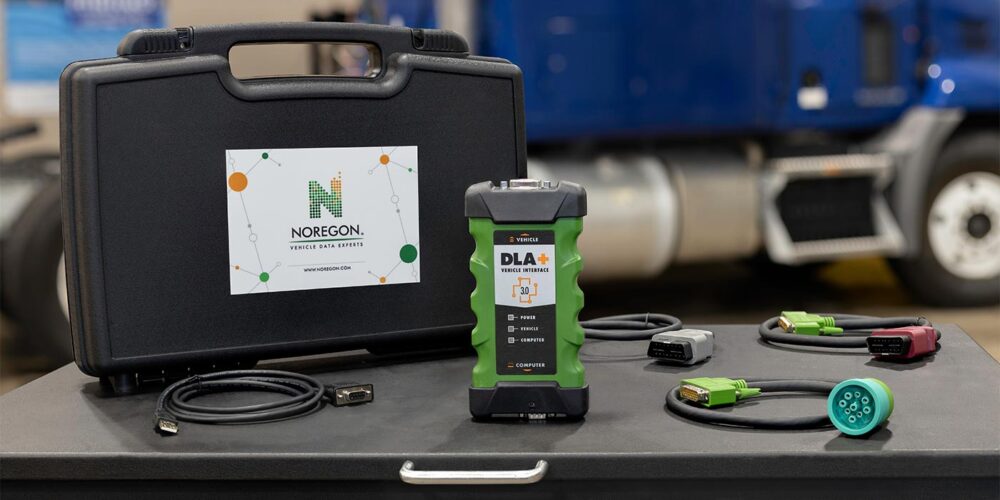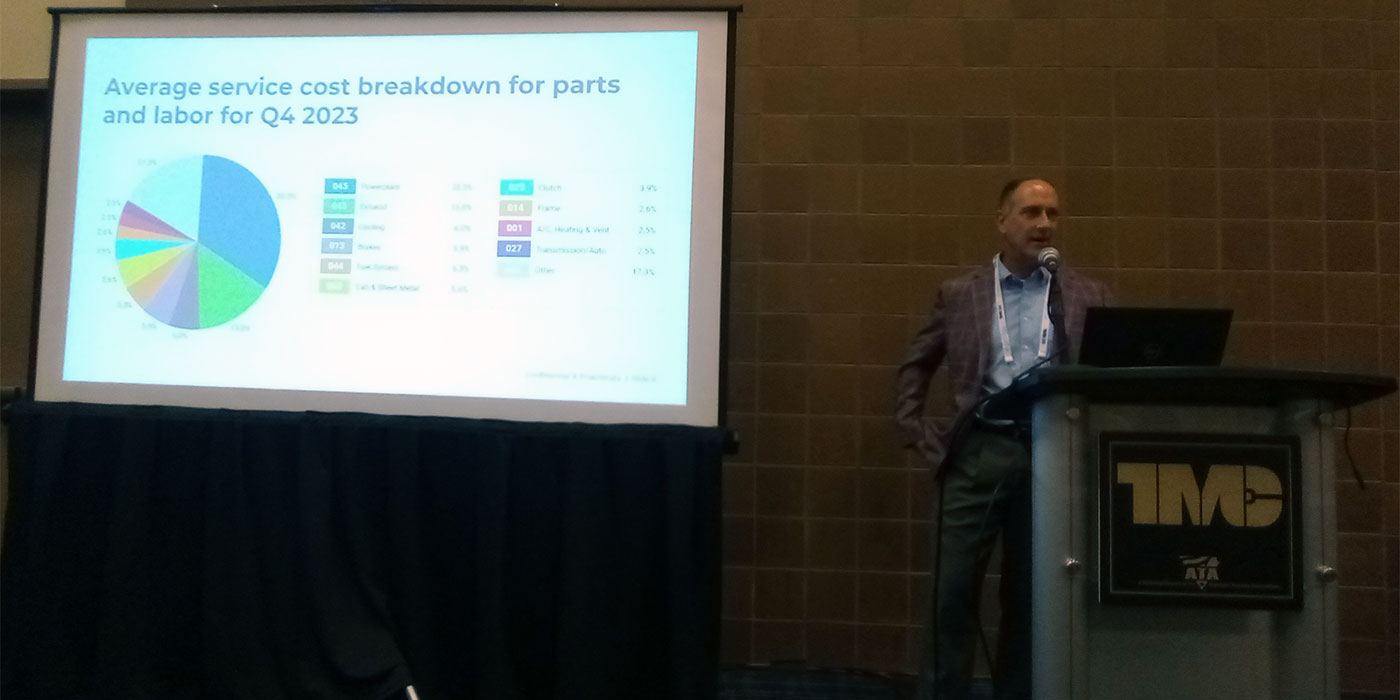So you’ve read all about the major aspects of a good truck tire service program—and if you haven’t, you can find that story here—but what about some of the smaller things that may slip through the cracks?
“Having a policy for runout tires is essential,” says Carolina Wagner, director of marketing for truck tires with Continental. “Unfortunately, this is something all fleets will have to contend with. Runout tires should be marked and paired up with a suitable tire to be used at the earliest convenience. This will keep the tire from aging out before it has reached the suitable amount of life cycles for that fleet, both the first life and retreads.”
Wagner also made sure to note the importance of keeping good maintenance records.
“The old adage is often true,” she says, “you improve what you measure. Often, due to the daily pressure of keeping a fleet of vehicles up and running, if the data is not being recorded, it may get overlooked. Knowing the fleet average helps identify individual trucks or tires that are not performing.
“All tires taken out of service should be recorded with the removal reason. This will help bring to light any issues the fleet has,” she continues. “Every fleet has issues, even the best maintained, and this is an excellent way to identify areas that can be improved, reducing the overall tire program cost. Lastly, knowing the age and condition of fleet casings prevents unexpected failures and roadside calls and optimizes total miles achieved.”
Mike Steiner, customer engineering support time zone referent for Michelin North America, provided some further items that fleets should add to their tire maintenance checklist, including:
- Never operate a vehicle that has low or flat tires, damaged or distorted rims or wheels, missing bolts or cracked studs. A tire that has run at 20% or less of its normal operating pressure should be considered run flat. This tire should be removed and dismounted from the wheel for a thorough inspection inside and out by a trained professional before returning it to service.
- Never weld or apply heat to a wheel or wheel parts.
- When not in use, store tires in a cool, dry place away from direct sunlight to avoid premature aging. Prevent exposure to ozone sources such as sun, arc-welders and mercury vapor light bulbs, as well as ultraviolet rays and inclement weather. Store tires standing upright on the tread and avoid stacking.
- Avoid lifting tires through the center with a crane hook, which can damage the critical bead area. Instead, lift the tire under the tread by using flat straps. Flat straps are recommended over steel slings or chains because they are less likely to cause cuts or abrasions.
- Deflate the inner and outer tires of a dual fitment before removing any rim fixture from the hub of the vehicle.














